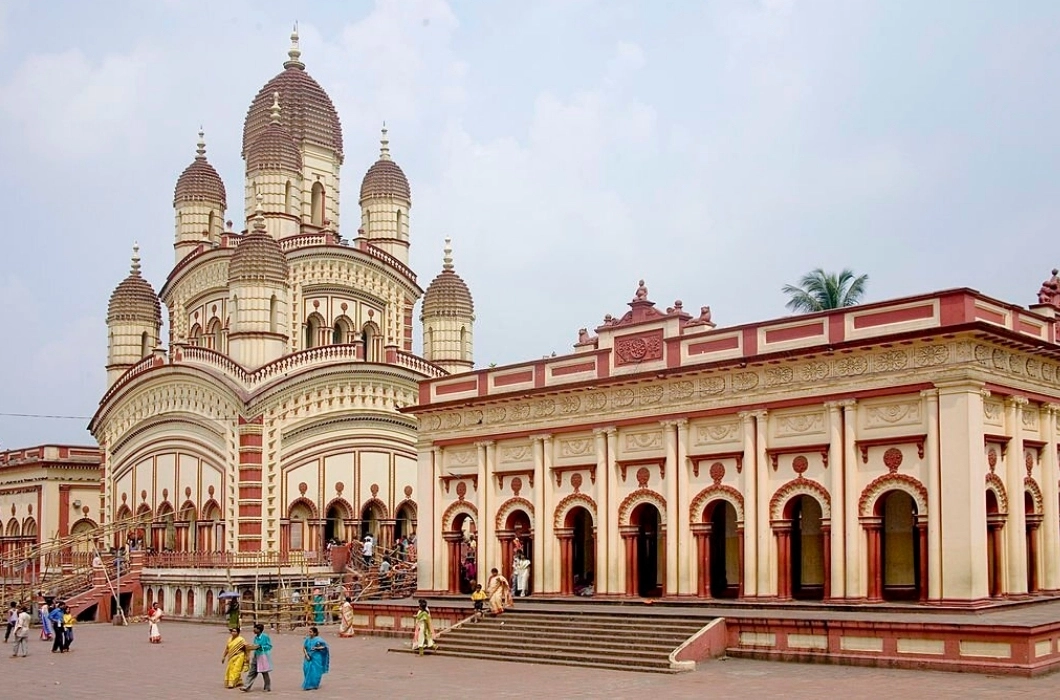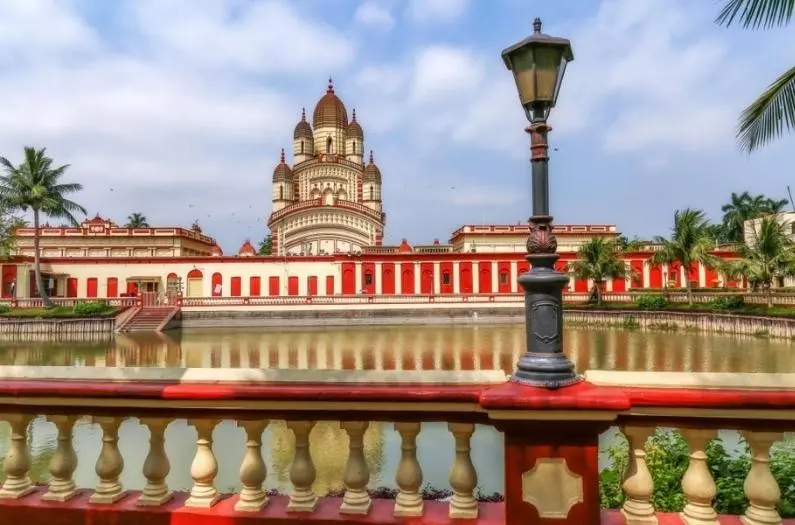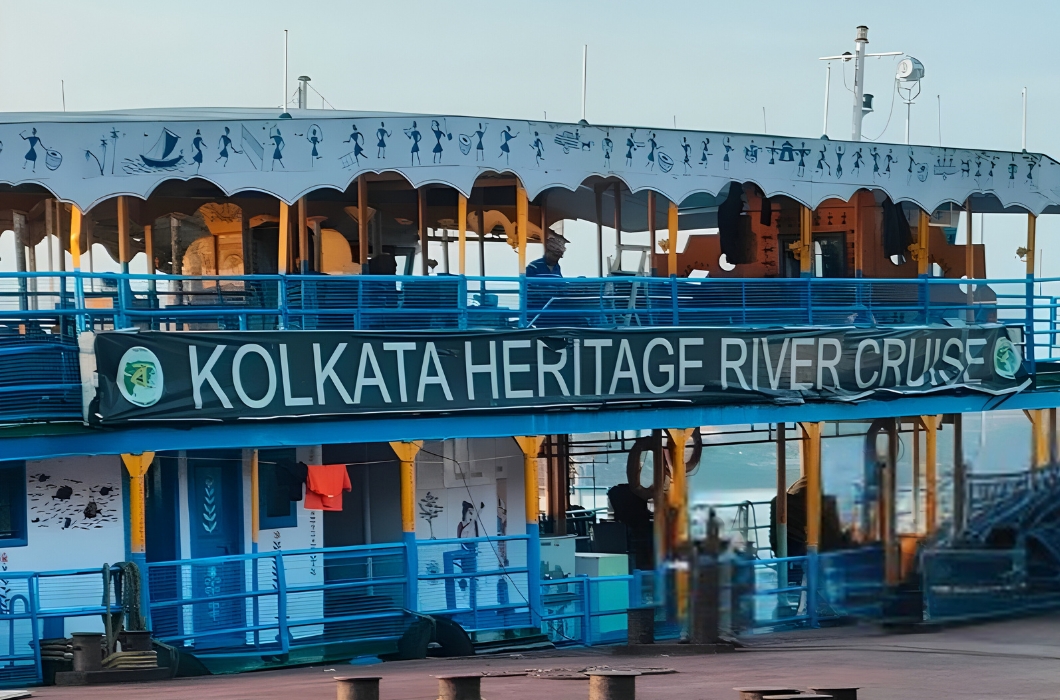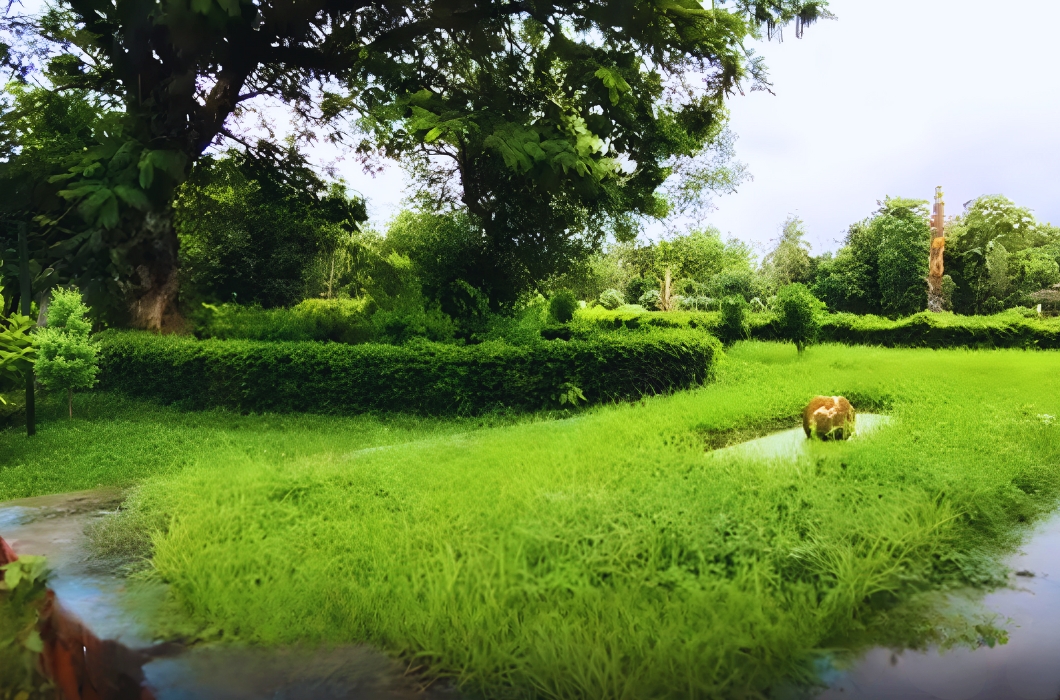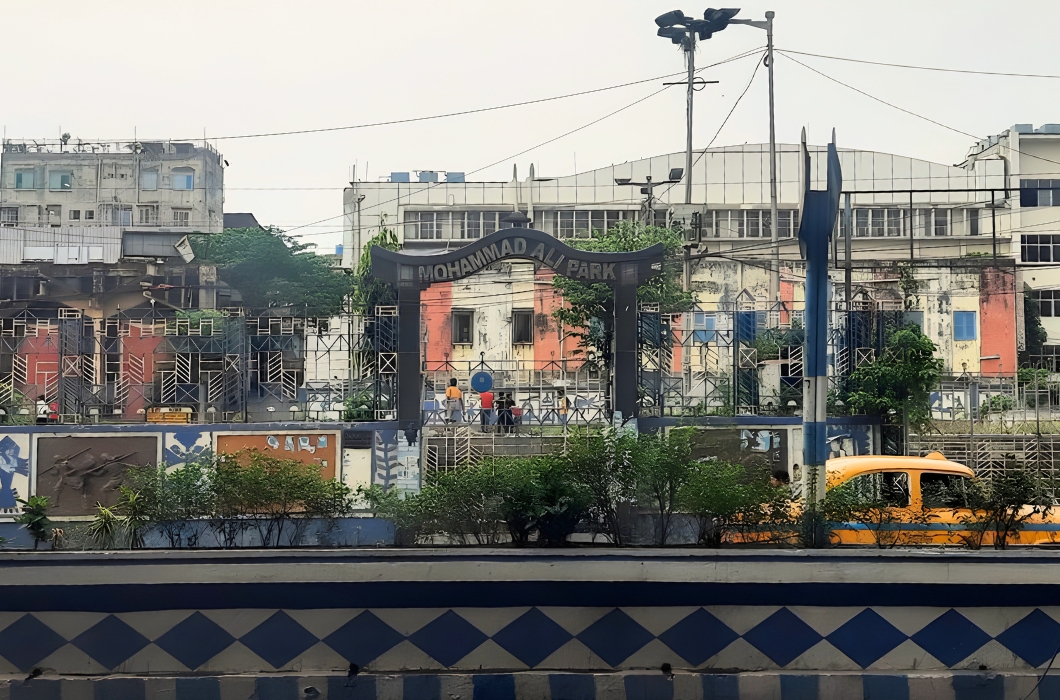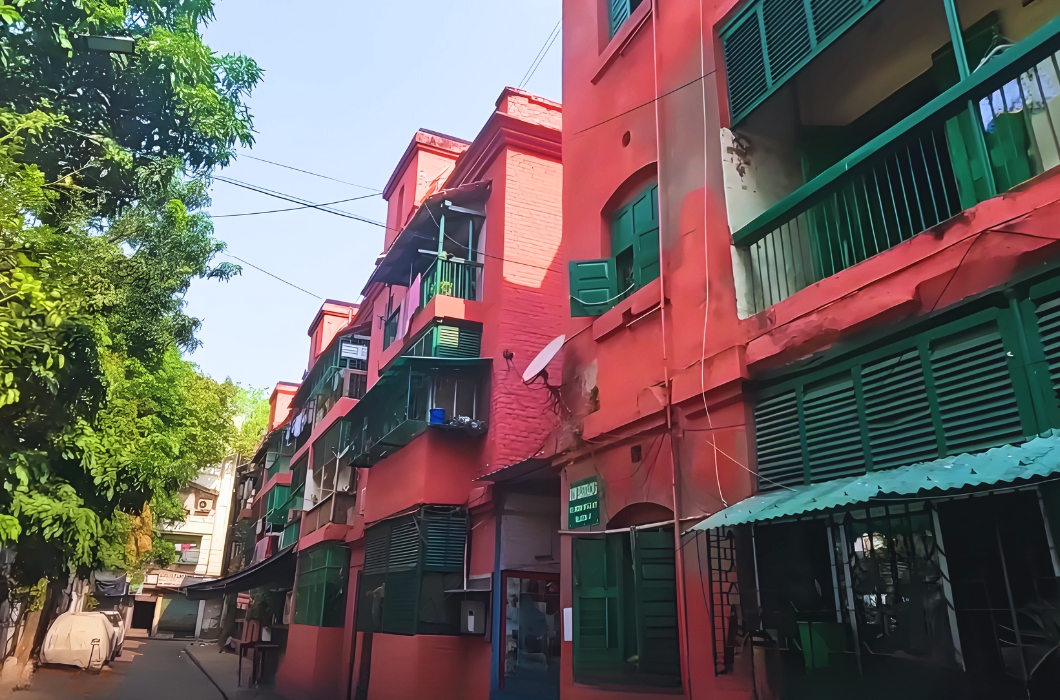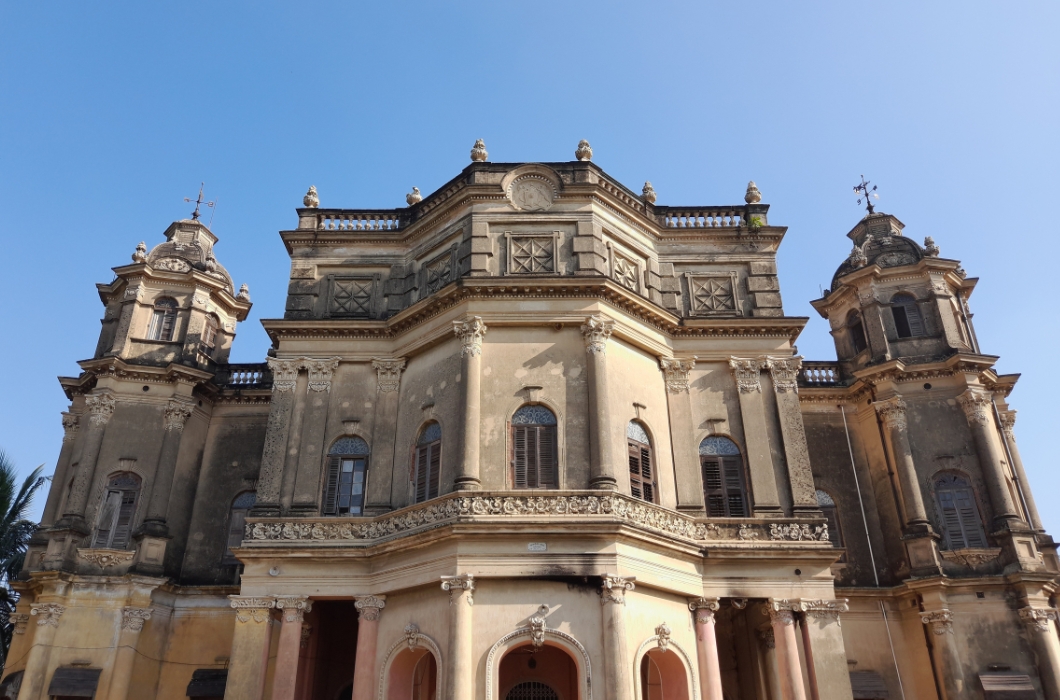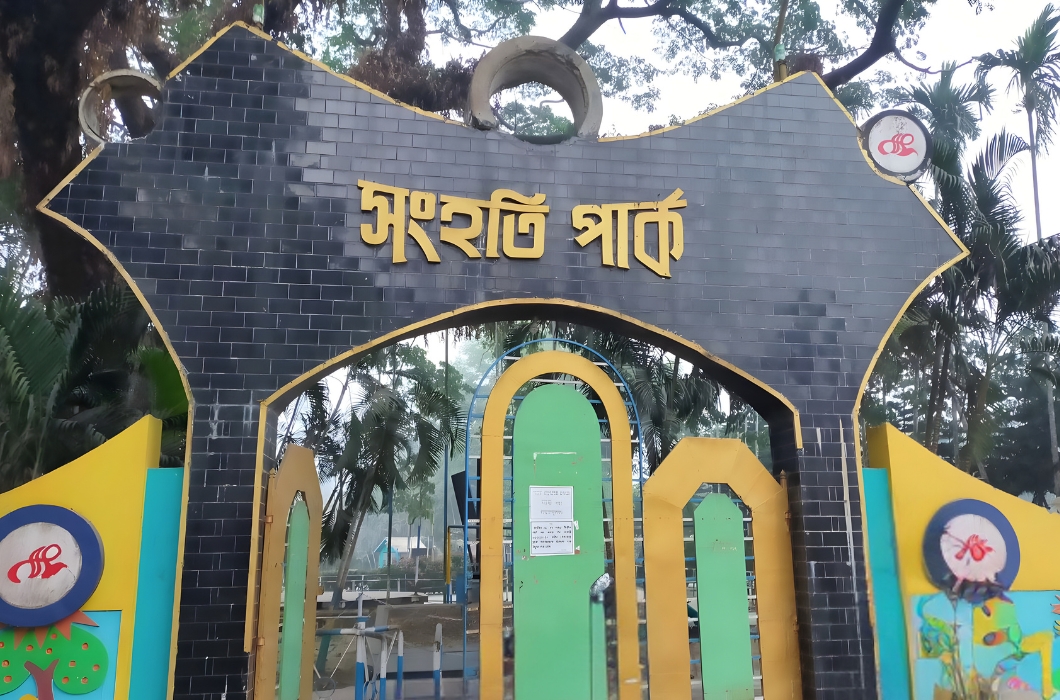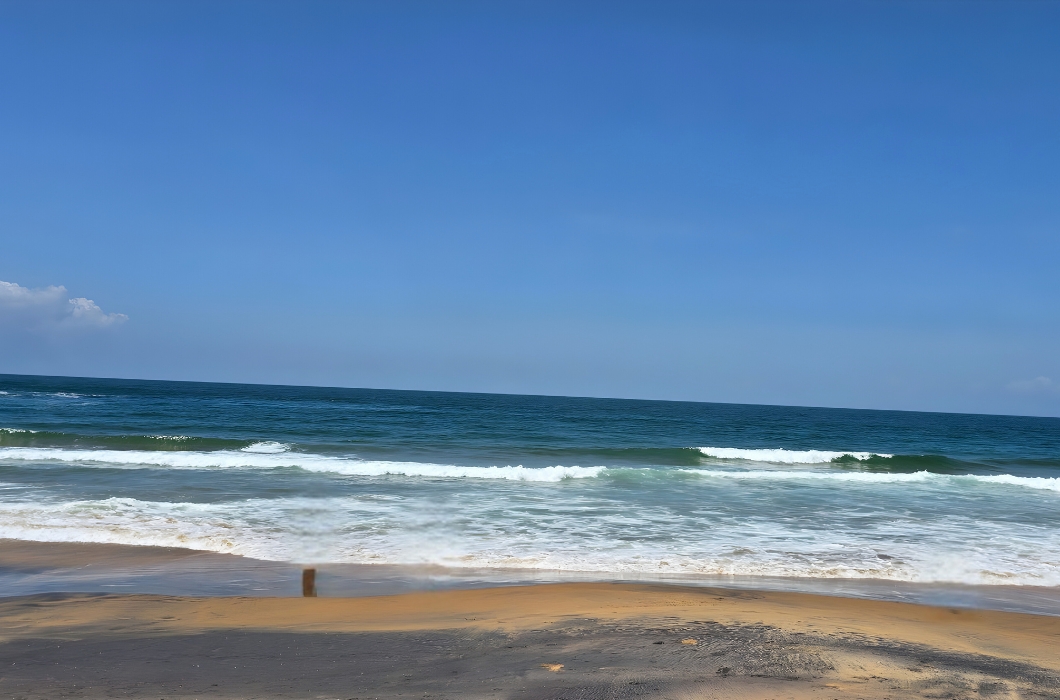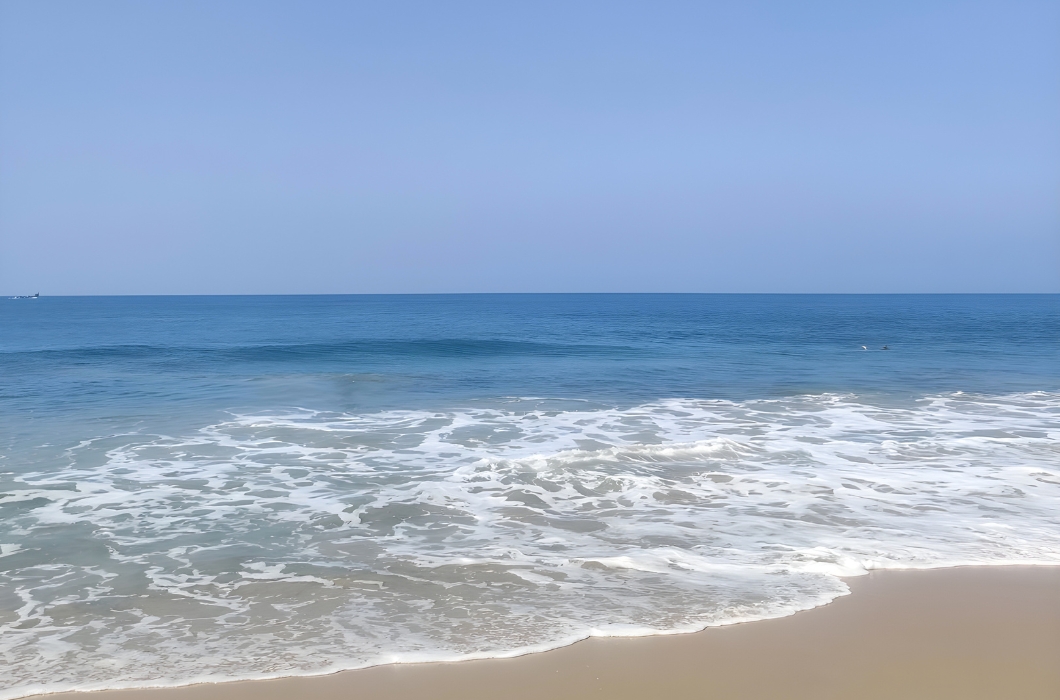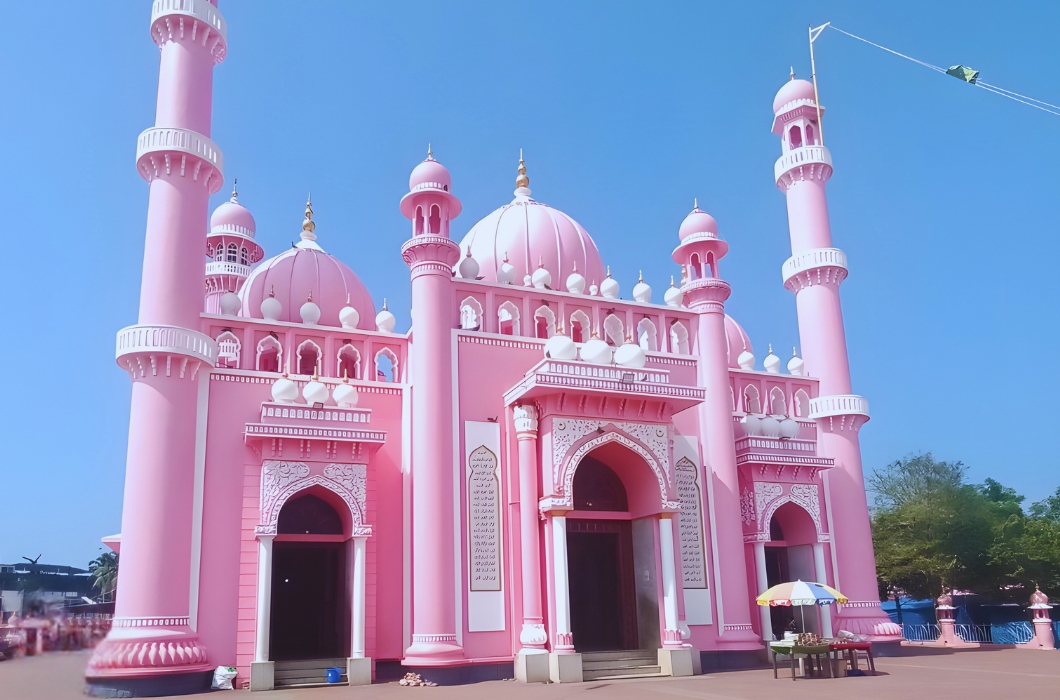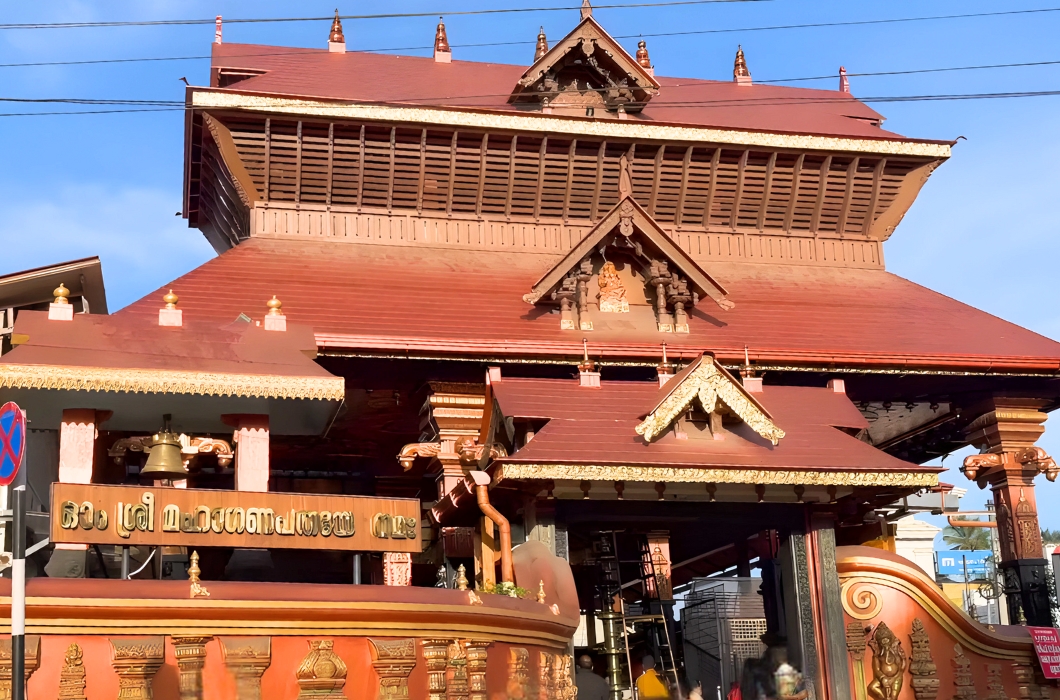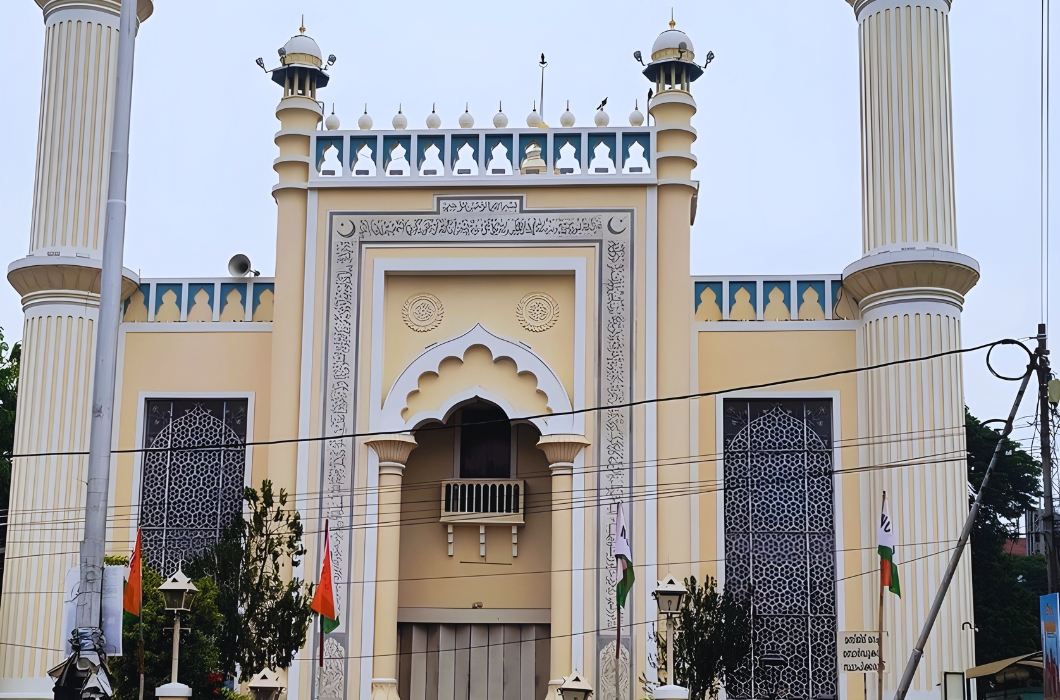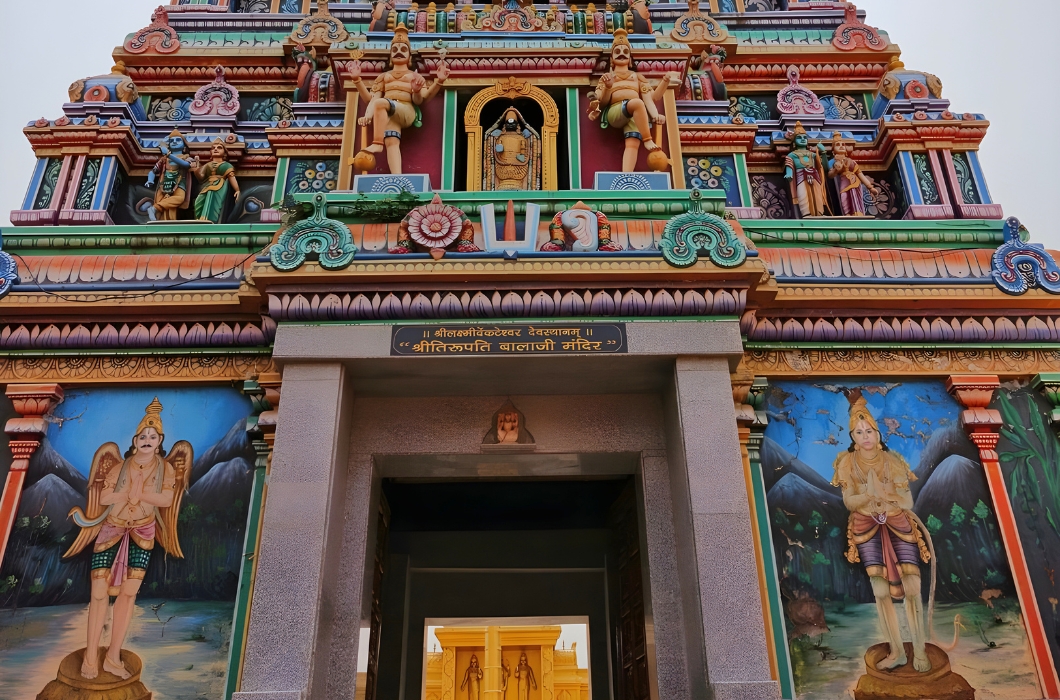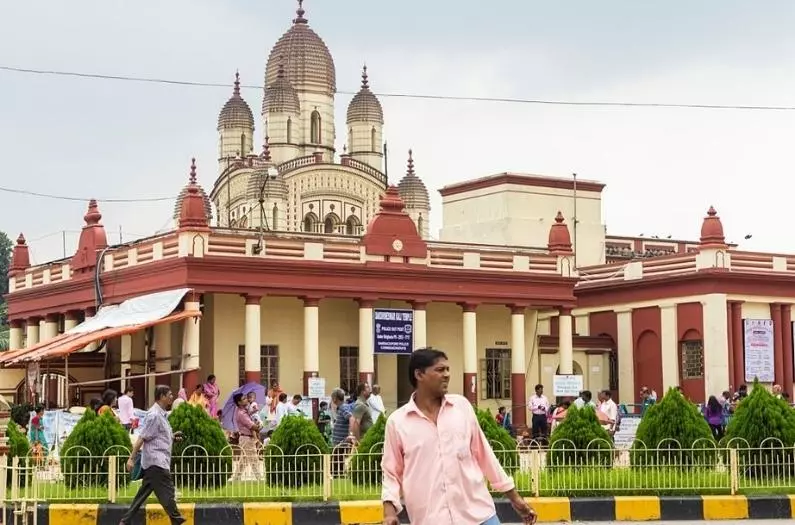
In 1848, the rich widow Rani Rasmoni organized a pilgrimage to Kashi in the worship of Goddess Annapurna. He left in twenty-four boats with his relatives, slaves, and supplies. According to legend, on the eve of the journey, the queen goddess Kali had a dream. The goddess told him, “There is no need to go to Kashi. Worship by setting up my idol in a beautiful temple on the banks of the Ganges. I will worship as soon as I appear in that idol.”
In 1855 Ramakrishna Paramahamsa came to this temple as an associate of his grandfather, the high priest Ramkumar, and after Ramkumar’s death, he succeeded his grandfather. It is said that Rani Rasmoni founded this temple after receiving a dream order from Goddess Kali. Ramakumar was the first chief priest of the temple. In 1856-58, the young Ramakrishna Paramahamsa took charge of the worship of this famous temple. He later chose this temple as his place of worship.
Dakshineswar Kalibari Chattar is home to several temples and other shrines beside the decorated Kali Mandir. The main temple is the Navaratna temple. It is modeled on the Navaratna temple built by Ramnath Mandal in Taliganj. In addition to the main temple, there are twelve 8 shed Shiva temples known as the “Twelfth Shiva Temple”. To the north of the temple is the Radhakrishna Temple known as the “Sri Sri Radhakanta Temple” and to the south is the Natmandir. Today it is considered a place of worship for the devotees.
The twenty-acre plot of the temple was purchased from an Englishman. His name was John Hasty. This place was popularly known as Saheban Bagicha. One part of it was the tortoise-shaped Muslim cemetery. In Tantra, the place is thought suitable for Shakti worship. The attractive temple was built in 8 years at a cost of nine lakh rupees by the dynamic lady, Rani Rashmoni. The statue was erected in the temple in a grand procession on 31 May 1855, the day of the bathing procession.
Earlier the worship of the temple was called Mata Bhavatarini Kalika. Ramkumar Chattopadhyay became the chief priest, and his younger brother Gadadhar or Gadai (later Ramakrishna Paramahamsa) became his associate. Later, his nephew’s heart also began to help him. The next year Ramkumar passed away. Then Sri Ramakrishna succeeded the chief priest of the holy temple. His wife Sarada Devi used to stay in Nahabatkhana outside the temple premises. This Nahabatkhana is now the temple of Goddess Sarada.
From this time till 18, Sri Ramakrishna stayed in this temple for about 13 years. Due to its location, this temple later became a popular pilgrimage site.

